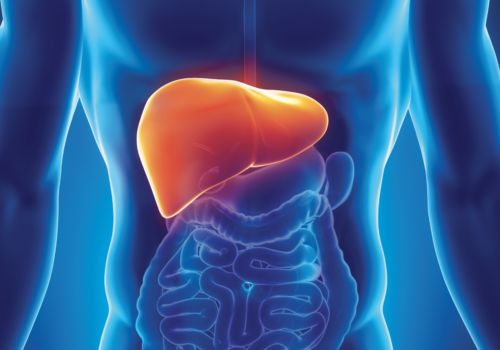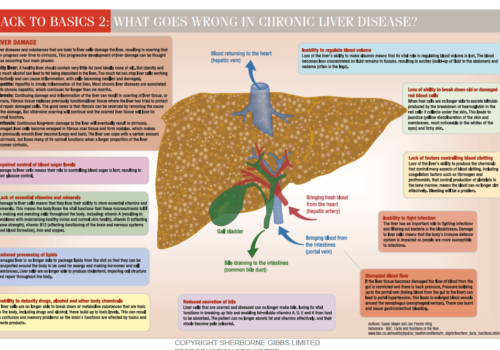The trigemino-cardiac reflex can result in potentially fatal apnoea, hypotension or dysrhythmia when thesensory branches of the trigeminal nerve located in the nasopharynx are stimulated. We report the occurrenceof this reflex, following nasal packing for epistaxis, that led to respiratory and circulatory arrest.
A patient with Lyme disease: complete heart block treated with antibiotics
Taking steps to improve care of patients with dementia
Taking steps to improve care of patients with dementia – Zoë Elkins, Penny Garner
Dementia is common. This article describes specific ways to improve communication these patients, including the SPECAL photograph album and observational tracking.
The challenge of changing lifestyle behaviours
The challenges to changing lifestyle behaviours and delivering lifestyle support in primary care are described here. The role of primary care in delivering evidence-based interventions for lifestyle change is also discussed.
A primary care guide to chronic liver disease
Chronic liver disease is a problem for all of us. It develops silently, often taking many years to cause sufficient damage to be detectable or cause signs or symptoms for which a patient would seek attention. Primary care has a central role in improving the prevention and early detection of chronic liver disease. This special […]
Putting chronic liver disease on the primary care agenda
Chronic liver disease is a problem for all of us. It develops silently, often taking many years to cause sufficient damage to be detectable or cause signs or symptoms for which a patient would seek attention. Primary care has a central role in improving the prevention and early detection of chronic liver disease. This special issue of the British Journal of Primary Care Nursing (BJPCN) and Primary Care Cardiovascular Journal on chronic liver disease is full of step-by-step guides and informative articles to give you the key information and tools to get to grips with this important condition.
If I had one wish for improving the management of liver disease-¦
Caring for patients with chronic liver disease in practice
Liver disease is now the fifth leading cause of death in the UK but the good news is that liver disease is largely preventable and there is much we can do in primary care to educate people about the risks. This article explains the importance of identifying those patients who are at risk of liver disease, implementing risk reduction strategies, ensuring an accurate diagnosis is made and optimising ongoing management, including self-care strategies.
Holding out for a hero: helping patients to look after their livers
The liver is the body’s unsung hero, quietly working away to make the vital substances that keep a wide range of essential body processes ticking over, breaking down chemicals that would otherwise be toxic and hoovering up worn-out blood cells. But liver disease is currently very low on the primary care agenda compared to other long-term conditions such as cardiovascular disease, diabetes and respiratory conditions. Awarded ‘nil points’ on the Quality and Outcomes Framework (QOF), the liver doesn’t get a look in when it comes to health checks and dedicated clinics. So how can we make sure the liver isn’t left out of consultations?
Understanding viral hepatitis: as easy as A, B, C
Viral hepatitis is one of the three main causes of liver disease. We review the different types of viral hepatitis and the key steps in prevention, diagnosis and treatment.
Back to Basics: What goes wrong in chronic liver disease?
When and how to use liver function tests
Why bother checking a patient’s liver function? We look at when and how to use liver function tests in clinical practice.























